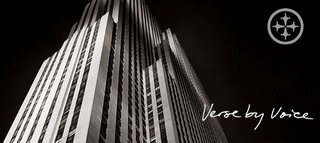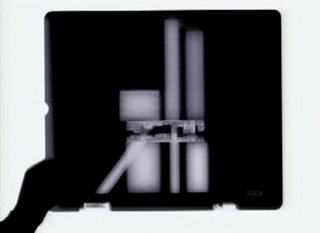 Tate Modern announced its new plan to expand the most popular crowded modern art museum in the world. Tate Modern’s 4.1 million visitors a year well passed Pompidou (2.1 million) and MoMA (2.7 million) (as Guardian reports).
Tate Modern announced its new plan to expand the most popular crowded modern art museum in the world. Tate Modern’s 4.1 million visitors a year well passed Pompidou (2.1 million) and MoMA (2.7 million) (as Guardian reports).It is as if H&dM decided to go from the interior focused TM1 to this sculptural ziggurat (or some may say a knockoff of Rachel Whiteread’s Embankment, I say it is very MVRDV). One thing I like about TM1 is this un-finished wood floor throughout the gallery. It is very informal and almost relaxing. Not to mention the café on the top floor overlooking St. Paul Cathedral and the rest of Old London. The interior of TM2 remains to be seen in any of the renderings in the press. But with 11 levels of gallery, performance, education spaces and 6 cafés packed in the new museum tower, it will be a challenge to connect all the floors comparing to the TM1’s Turbine Hall. We will see how it turns out…












 Atelier Bruckner
Atelier Bruckner
